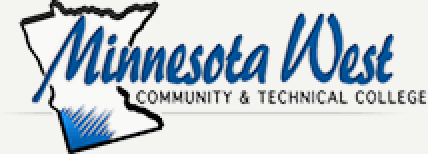MDLT 1100 Introduction to Laboratory Sciences
MDLT 1100: Introduction to Laboratory Sciences
Description
Introduction to Laboratory Sciences course is an orientation course designed to familiarize the student with a career in the medical laboratory field, medical terminology, certification process, professional organizations, and ethical/legal issues. The course has heavy emphasis on phlebotomy skills. The course also introduces the students to laboratory information system used in the laboratory.
Credits
3
Prerequisite
None
Corequisite
None
Topics to be Covered
1. History of phlebotomy
2. Quality Assurance and Legal Issues
3. Infection Control, Safety, First Aid and personal wellness
4. Medical Terminology
5. Circulation System
6. Blood collection equipment, additives and order of draw
7. Venipuncture procedures
8. Blood collection variables, complications and procedural errors
9. Skin puncture procedures
10. Special collections and Point of Care Testing
11. Arterial puncture procedures
12. Non-blood specimens and tests
13. Computers and Specimen Handling and Processing
Learning Outcomes
1. Demonstrate an understanding of the history of the clinical laboratory, the professionalism desired in clinical laboratory personnel, governmental and non-governmental regulations, confidentiality, and organization of the hospital and medical field setting.
2. Describe medical-legal and ethical issues related to clinical laboratory profession.
3. Safely perform venipunctures and process clinical specimens according to current established procedures in accordance with most current standards developed by the Clinical & Laboratory Standards Institute (CLSI), The Joint Commission, and OSHA.
4. Identify policies and procedures used in the clinical laboratory to assure quality specimens.
5. Communicate with patients (verbally and non-verbally), discuss diversity of patients, and interact appropriately and professionally.
6. Identify and use basic medical terminology as applies to the clinical laboratory.
7. Explain coding of basic diagnostic laboratory procedures.
8. Demonstrate understanding of quality assurance and quality control in clinical laboratory.
9. Identify the different clinical laboratory setting and roles in healthcare organization.
10. Discuss the various departments in the clinical laboratory.
Credit Details
Lecture: 2
Lab: 1
OJT: 0
MnTC Goal Area(s): None
